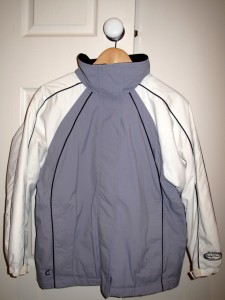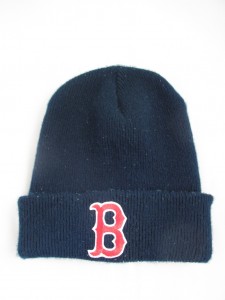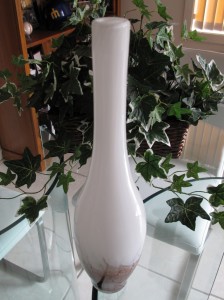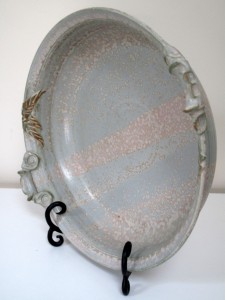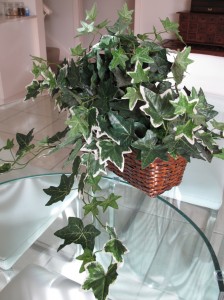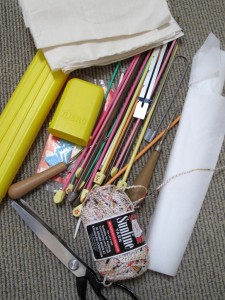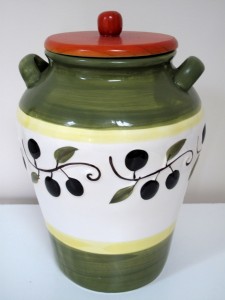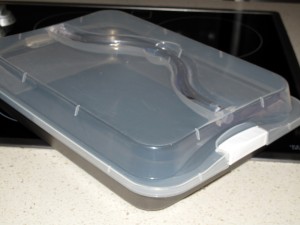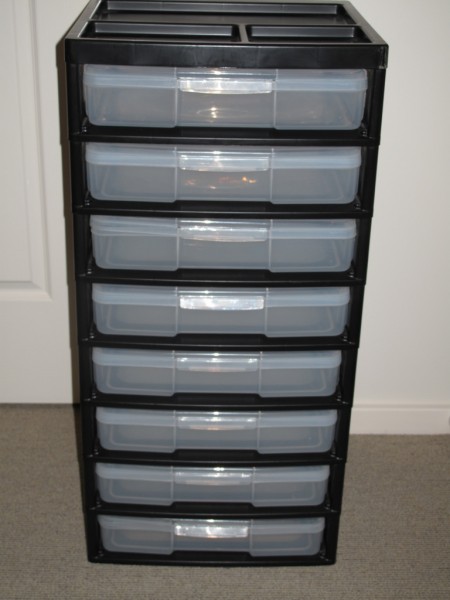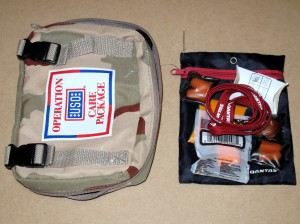Choosing quality clothing
Last week we got onto the subject of how to ensure you are buying quality clothing. I scanned the internet for information and didn’t find anything I didn’t already know so that had me feeling confident that I knew what I was talking about. I also asked my mother, who was a private professional dressmaker, and my mother-in-law who is a crafter who also sewed and repaired clothes for herself, her husband, her children and even my children for many years, for any advice they had to offer.
Below you will find our collective advice and I sincerely hope you find it useful when clothes shopping in the future. These tips aren’t a guarantee of success but if followed they sure will improve your chances of buying better quality clothes that will last well. I don’t know about you but I find poor quality products not only to be a disappointing waste of my money and time but a blight on the environment as well. I keep my recipes until I am satisfied that the products I buy live up to their function. If they don’t I return them for a refund, it is the only way I now to make a protest to companies who unleash items like this onto the market.
Stitching
- Check for loose thread and uneven stitching.
- The more stitches per inch the better. Shorter stitch length will ensure better seam strength.
- Hem stitching for blind hems should be completely invisible from the outside.
- Double seam where appropriate will also insure good seam strength.
- Garments with facings should include interfacing for strength and structural integrity.
- All edges should be finished to avoid fraying. Some fabrics such as lycra can hold together well without a finished edge but most are not so hardy.
Cut
- Garments should be cut straight on the grain except where a distinct 45 degree angle cut for stretch is intended. If this does not occur the garment will pull out of shape very quickly.
- Where a straight hem is intended it should be cut to fall at the same length all around the garment when worn. Side to side and front to back should appear even.
- Check all panels of the garments to make sure the pattern of the fabric run in the same direction. You don’t want to find out later that your floral design is one way up on one side of the garment and up side down on the other.
- Some fabrics have a nap (just as timber has a grain) such as velvet, micro-suede or velour where the surface threads of the fabric usually lay in one  particular direction. The nap usually causes the fabric to look shiny in one direction and dull in the other. Like in cut tip #3 this nap should lay in the same direction on all panels.
Finishings
- Buttons should be evenly spaced and sewn on firmly. Some should be reinforced behind in the case of leather, wool, fine fabrics, fabrics with a wide weave etc, where the thread is likely to pull through if not securely braced. Allowance should be made for buttons on thick fabrics to allow enough shank length to pass through the hole and sit neatly on the outside.
- Zippers should slide up and down smoothly. The should also be fastened into the garment neatly and be well concealed. Check for reinforcing at the bottom where they are under the most pressure. To test for fastness do the zipper up halfway then fold down the pull tab then place your finger above the slider and push down. The zipper should hold fast in its position.
- Trims should be firmly attached with no end exposed that are likely to fray.
Fabric
- Cotton and Linen blends are often lower maintenance than 100% cotton and linen. Less likely to crease, fray or even stain.
- Unless you are intending to by a sheer fabric you do not want your white or light coloured garments to be see through. Best to try the garment on to see how transparent it is before buying it is not always obvious when viewing it on the hanger.
- One fabric I would suggest you avoid is rayon, both the stretch and the non stretch varieties. The stretch variety, often labelled viscose, usually falls heavily and in large quantities doesn’t hold its shape well. It also has a habit of clinging to every imperfection on your body. The non-stretch variety is often used like a cotton fabric for dresses and blouses but is softer  than cotton and falls heavier. It crinkles easily and is very poor wearing so generally ends up tattered and holey in a very short time span. Both of these fabric feel lovely on which makes them very tempting so beware..
- I also am not of lover of Chenille, it is a tufted velvety fabric often knitted  into women sweaters. Being a tufted fabric the fibres are not well anchored and come out easily. Any areas that get any sort of rubbing will become threadbare quickly.
Beware the loss leader sale items
- These are often cheaper garment at sale prices designed to drawer you into a store in the hope that you will purchase other items while you are there.
- These items can be identified by the fact that they are new to store product that there are plenty of stock of.
Today’s Mini Mission
Declutter an item that best matches the following statement ~ This drawer is going to explode if I don’t get rid of some of what is in here.
Today’s Declutter Item
There are drawers in the end of my bed. One of the drawers has housed our unused ski clothes since we returned to Australia. I am not sure why I have kept them so long. I sold the children’s ski clothes back in the first year of my declutter mission. I guess I thought we might still ski one day but that day never came. I did consider keeping the jackets just in case of outdoor winter activities but that has never happened either. The drawer they were in was barely able to shut because of the bulk. I have managed to sell all but my husbands jacket recently so no more bulging drawer. Yay!
Something I Am Grateful For Today
A good friend taxiing me around today. I had no car and it was raining.
“In daily life we must see that it is not happiness that makes us grateful, but gratefulness that makes us happy.” Brother David Steindl-Rast

